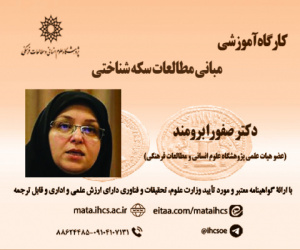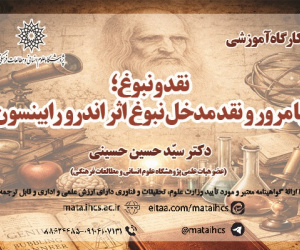النفس کل القوی: یک قاعده و چند برداشت (مقاله علمی وزارت علوم)
درجه علمی: نشریه علمی (وزارت علوم)
آرشیو
چکیده
رابطه نفس و بدن، از معماهای بزرگ فلسفی در طول تاریخ فلسفه بوده و هست؛ زیرا معنای آن این است که جوهری مجرد و غیرمادی با امری مادی مرتبط شده و در هم تأثیر و تأثر دارند. مشائیان و از جمله ابن سینا با اثبات قوای متعدد که واسطه ی بین نفس و بدن هستند این مشکل را حل کرده اند. ابوالبرکات بغدادی و فخررازی به نقادی ادله اثبات قوا پرداخته و آن ها را رد کرده و نفس را فاعل تمام افعال صادره از انسان می دانند اما با وجود رد وسائطی به نام قوا، پاسخی به مسئله ارتباط مجرد و مادی نداده اند. ملاصدرا وجود قوا را می پذیرد؛ اما در عین حال با استفاده از مبانی خود، فعل قوا را همان فعل نفس می داند و تبیینی خاص از قاعده «النفس کل القوی» ارائه می دهد. این پژوهش بر آن است که نه کسانی که وجود قوا را اثبات می کنند و نه کسانی که رد می کنند به این نکته اشاره نکرده اند که قوا را به عنوان معقول اول یا معقول ثانی رد یا اثبات می کنند. اگر مراد رد قوا به عنوان معقول اول باشد حق با انکارکنندگان قواست اما اگر مراد، اثبات قوا به عنوان معقول ثانی باشد حق با اثبات کنندگان قواست و نیز معتقدیم که حتی با رد قوا، با توجه به تجرد برزخی نفس ارتباط آن با امری مادی قابل حل است.The Soul as the Sum of All Faculties A Principle and Multiple Interpretations
The relationship between the soul and the body has been one of the great philosophical enigmas throughout the history of philosophy. This conundrum arises from the assertion that an immaterial and incorporeal substance interacts with a material entity, engaging in reciprocal influence. Peripatetics, including Avicenna, sought to resolve this issue by positing the existence of multiple faculties that serve as intermediaries between the soul and the body. In contrast, thinkers like Abū al-Barakāt al-Baghdādī and Fakhr al-Dīn al-Rāzī critiqued the arguments for the existence of such faculties, rejecting them and instead positing the soul as the agent of all human actions. However, despite their rejection of intermediaries termed "faculties," they did not offer a satisfactory explanation for the interaction between the immaterial and the material. Mullā Ṣadrā, while accepting the existence of faculties, provided a unique interpretation based on his philosophical principles, particularly the gradation of existence. He identified the actions of the faculties with the actions of the soul itself, offering a novel exposition of the principle "The soul is the sum of all faculties". This study argues that neither proponents of the faculties' existence nor their detractors have clarified whether they affirm or deny faculties as primary intelligibles or secondary intelligibles. If the denial pertains to faculties as primary intelligibles and essential concepts, the rejection is justified. However, if the affirmation pertains to faculties as secondary intelligibles, the proponents of their existence hold the valid position. Moreover, we contend that even with the rejection of faculties, the interaction between the soul and the material body can be resolved through the soul's intermediary immateriality (tajarrud barzakhī).









